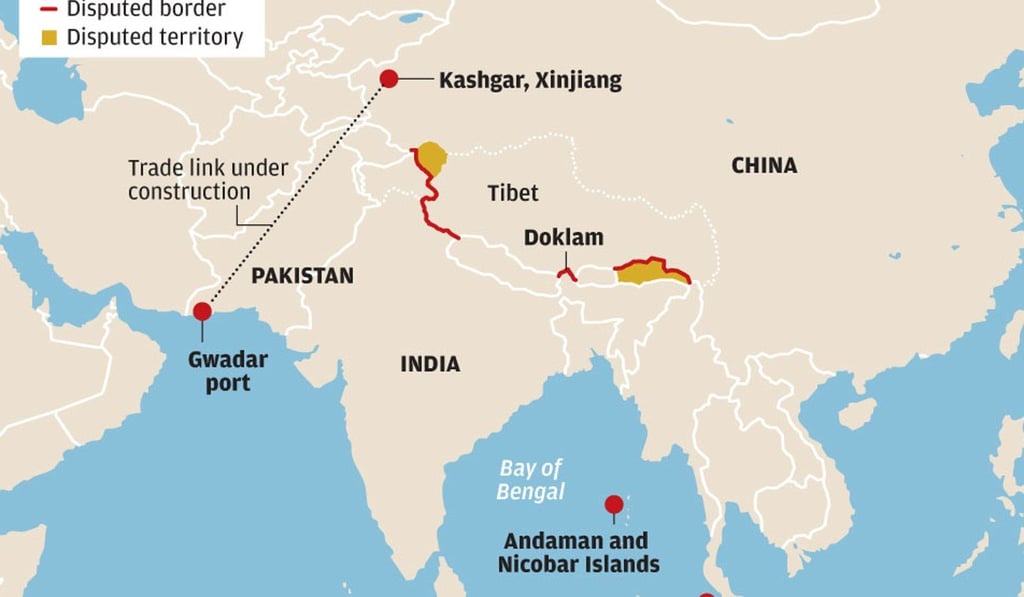Advertisement
With Doklam tensions eased, China and India can build dialogue and focus on diplomacy
Sun Xi and Faisal Ahmed say a full-scale border war was never a real threat, as both countries have more reasons to cooperate than engage in conflict, and Xi and Modi should leverage their friendship at the BRICS summit in Xiamen
Reading Time:3 minutes
Why you can trust SCMP

The recent “expeditious disengagement” of troops at Doklam plateau has created enough space for Sino-Indian political engagement in the near future.
From China’s perspective, the dispute was caused by Indian troops trespassing into Chinese territory. Therefore, Beijing took the view that India should unconditionally withdraw its troops as a prerequisite, and then bring the matter to the table.
India’s perspective, on the other hand, was that road construction by China had changed the status quo in the area and posed a potential security threat to India’s strategically located strip of land called the “chicken’s neck”, or Siliguri Corridor, which links to its northeastern states. So, New Delhi took the view that China must abstain from construction activities in the area.
Advertisement
Over the past couple of months, both countries have accused each other of violating some or other treaty and the provisions thereof. They have even reminded each other of their defence preparedness since the 1962 war, as the two sides glowered at each other across the border. The stand-off also aroused public sentiments and fierce media debates in both countries.

Advertisement
Yet, the way the scenario has unfolded, it is clear that the two countries do not want war but rapprochement, and there are reasons to substantiate it.
Advertisement
Select Voice
Choose your listening speed
Get through articles 2x faster
1.25x
250 WPM
Slow
Average
Fast
1.25x